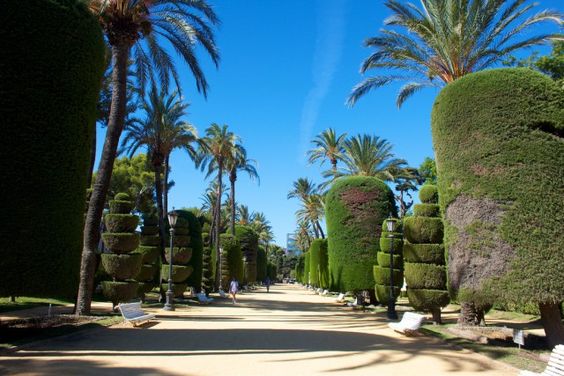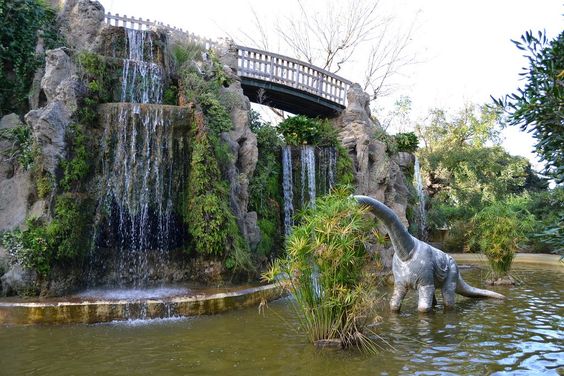Kadyks (hiszp. Cádiz) to jedno z najstarszych miast w Hiszpanii i Europie, a najstarsze miasto europejskie stale zamieszkałe. Został założony przez Fenicjan ok. 3000 lat temu. Turystów przyciąga charakterystyczny wygląd Kadyksu, który bardziej przypomina kubańską Hawanę niż typowe hiszpańskie miasta. W tym właśnie portowym mieście, które niegdyś było prawdziwą potęgą rozpoczynały się wyprawy Krzysztofa Kolumba Nagrywano tu m.in. sceny do Jamesa Bonda, a niejednokrotnie to właśnie Kadyks grał Hawanę.
[Cadiz is one of the oldest cities in Spain and Europe, and the oldest European city which is still inhabited. It was founded by the Phoenicians around 3,000 years ago. Tourists are attracted by the characteristic look of Cadiz, which is more like Cuban Havana than typical Spanish cities. In this port city, which was once a real power, the expeditions of Christopher Columbus began. Many times Cadiz played Havana e. g. in James Bond scenes.]
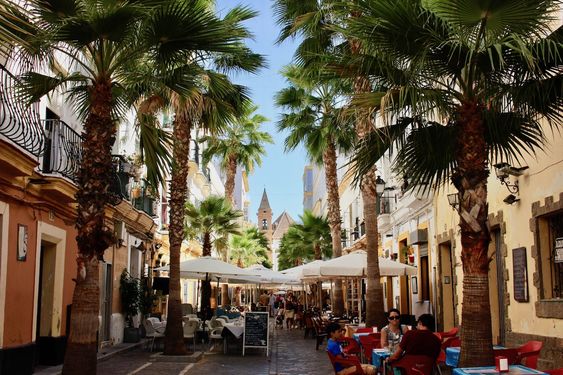
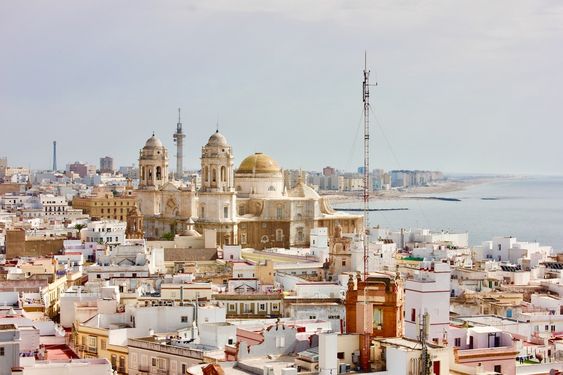
Kadyks możemy podzielić na dwie części: starą i nową. W starym mieście możemy znaleźć wszystkie niesamowite zabytki natomiast w nowym znajdują się wspaniałe plaże.
[Cadiz can be divided into two parts: old and new. In the old town, we can find all the amazing monuments, while in the new one there are wonderful beaches.]
Ale co tak naprawdę warto zobaczyć w Kadyksie?
[But what is really worth seeing in Cadiz?]
Castillo San Sebastian – to przepiękna twierdza o której legenda głosi, że była świątynią Kronosa. Łączy się ona z promenadą wąskim pomostem. Przez długie lata chroniłą północną część miasta przed ewentualnymi atakami.
[Castillo San Sebastian – is a beautiful fortress about which legend says that it was the temple of Kronos. It connects to the promenade by a narrow jetty. For many years, it protected the northern part of the city against possible attacks.]
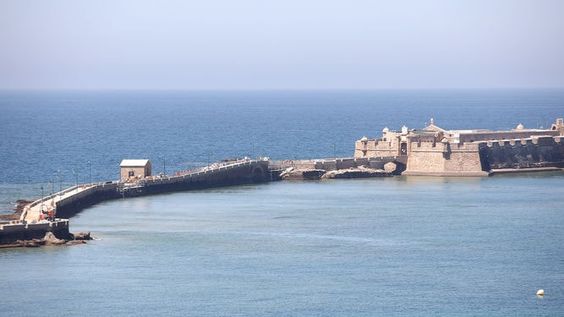
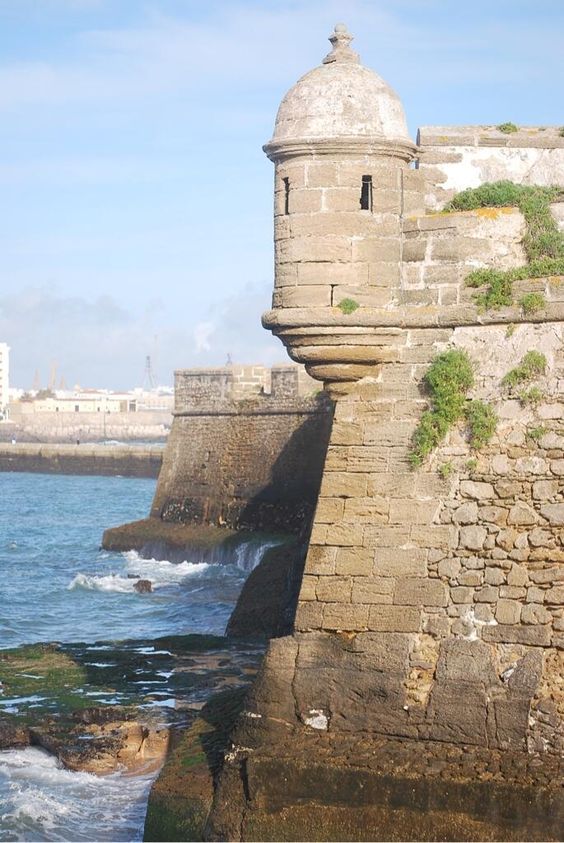
Catedral de Santa Cruz, czyli Catedral Nueva – katedra ta, zwana nową jest jedną z najbardziej charakterystycznych budowli miasta. Powstała w XVIII wieku na ruinach poprzedniej, gotyckiej budowli. Położona jest niemal nad samym oceanem, a ze swoją złotą kopułą jest prawdziwą wizytówką miasta.
Przed katedrą znajduje się plac wypełniony barami i knajpkami, gdzie można odpocząć w miły sposób.
Tuż obok katedry są też ruiny dawnego teatru rzymskiego odkryte dopiero pod koniec XX wieku. Są jedną z nielicznych pozostałości po Cesarstwie Rzymskim na terenie Hiszpanii.
[Catedral de Santa Cruz, or Catedral Nueva – this cathedral, called the new one is one of the most characteristic buildings of the city. It was founded in the 18th century on the ruins of a previous Gothic building. It is located almost on the very ocean, and with its golden dome is a real showcase of the city.
In front of the cathedral is a square filled with bars and pubs, where you can relax in a nice way.
Right next to the cathedral are also ruins of the old Roman theater discovered only at the end of the twentieth century. They are one of the few remains of the Roman Empire in Spain.]
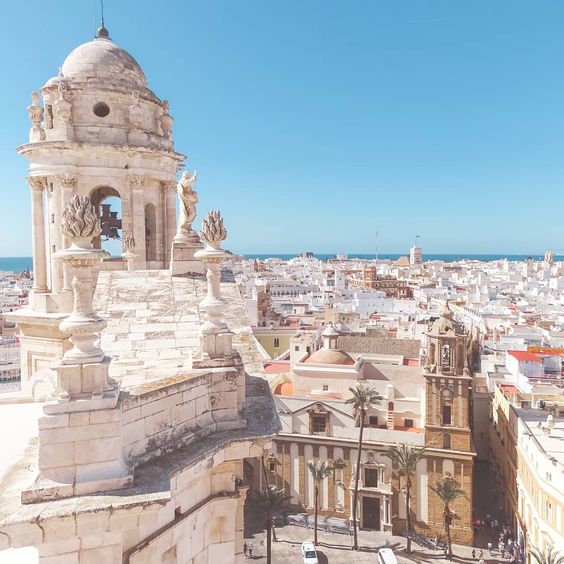
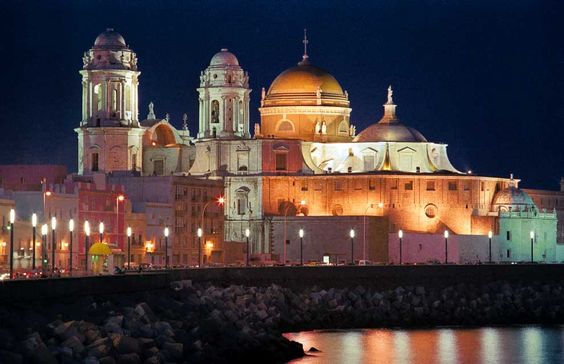
Torre Tavira – jest to dawna wieża strażnicza, która jest najwyższą budowlą miasta. Poza pięknymi widokami może nam zaoferować także obejrzenie ciekawego urządzenia zwanego camara obscura. Jest to system soczewek, który umożliwia obserwowanie miasta w czasie rzeczywistym. W XVIII wieku używane było ono do kontrolowania wybrzeży miasta, dzisiaj stanowi nietypową atrakcję.
[Torre Tavira – it is a former guard tower, which is the tallest building in the city. In addition to beautiful views, we can also offer an interesting device called camara obscura. It is a lens system that allows you to observe the city in real time. In the 18th century, it was used to control the coast of the city, today it is an unusual attraction.]
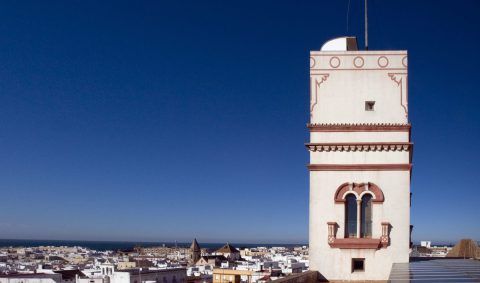
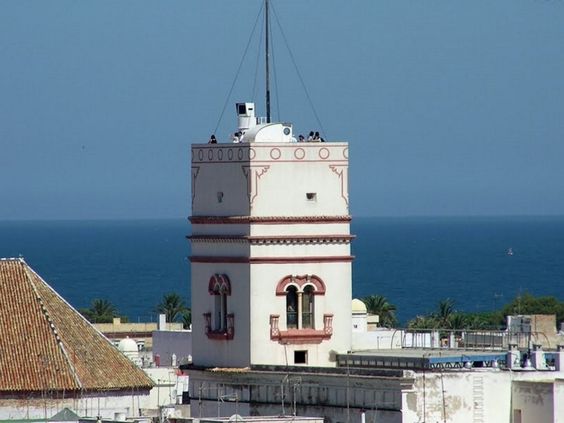
Miejski ratusz i plac z fontannami – przed charakterystycznym ratuszem, Ayuntamiento roztaczacza się spory plac Plaza de San Juan de Dios z masą fontann i kawiarenek. W okresie bożonarodzeniowym stawiany jest tu jarmark, na którym można kupić ręcznie zdobioną biżuterię itp.
[Town hall and square with fountains – in front of the characteristic town hall, Ayuntamiento is a large square Plaza de San Juan de Dios with a mass of fountains and cafes. At Christmas, a market is set up here and you can buy hand-decorated jewelry, etc.]
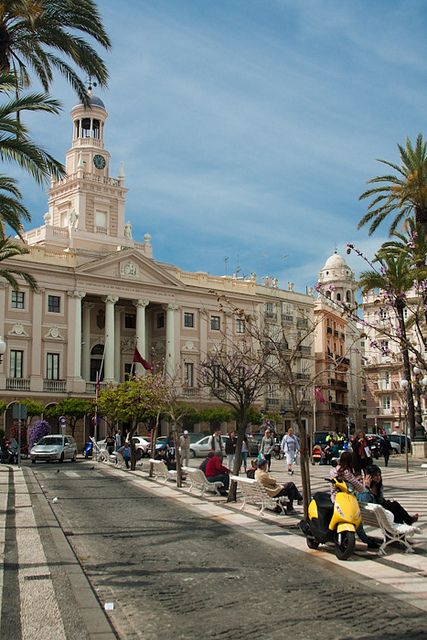
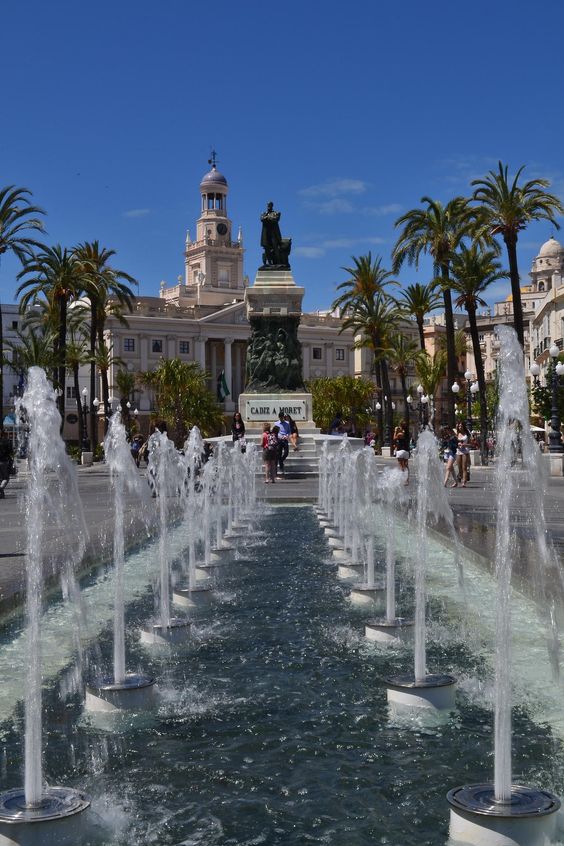
Parque Genovés z ogrodami Jardines de la Alameda Apodaca – możemy się tu cieszyć cieniem, licznymi fontannami oraz podziwiac niezwykłe rośliny. Na skraju parku, tuż przy oceanie znajduje się szeroki deptak, z widokiem na przepiękny zachód słońca. Mieszkańcy Kadyksu mawiają, że to najbardziej romantyczne miejsce w ich ukochanym mieście.
[Parque Genovés with gardens Jardines de la Alameda Apodaca – we can enjoy the shade, fountains and admire unusual plants. At the edge of the park, right by the ocean there is a wide promenade, overlooking the beautiful sunset. The inhabitants of Cadiz say that this is the most romantic place in their beloved city.]
